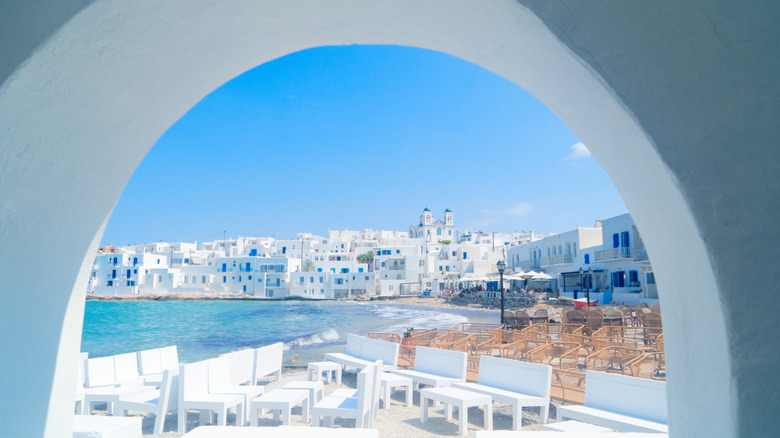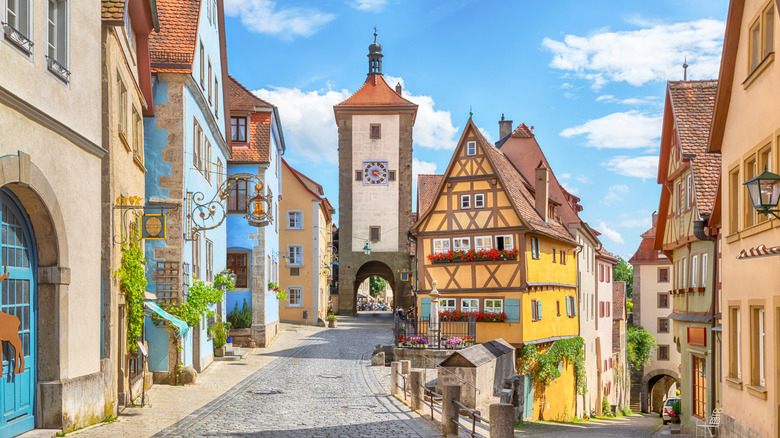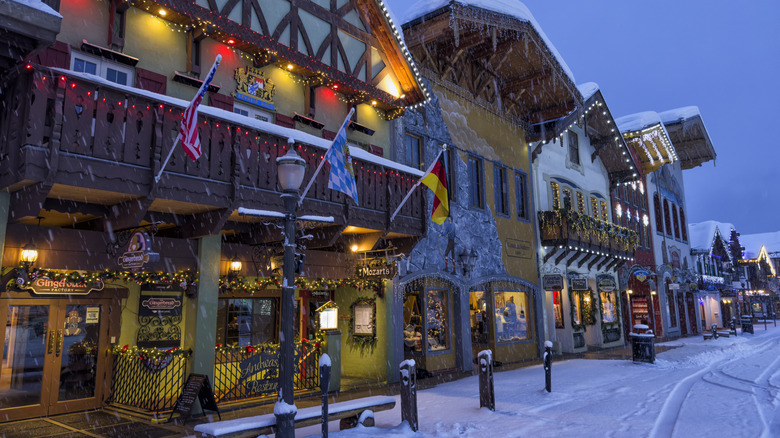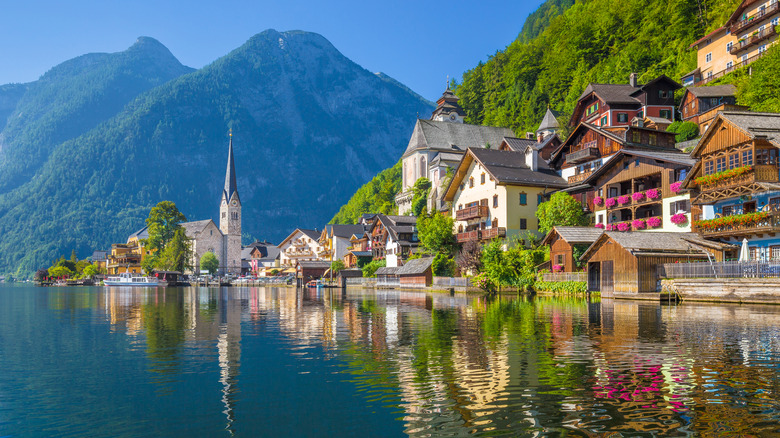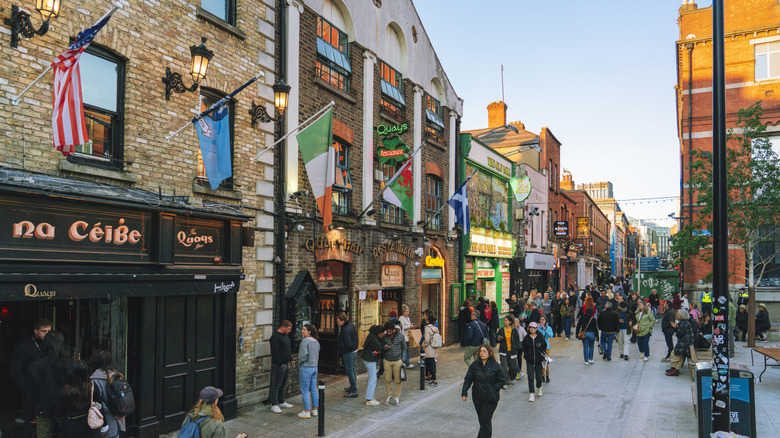This Italian Lake Is A Scenic Alternative To Lake Como, According To Rick Steves
Lake Como is a popular destination in Italy, which means there are often crowds. Head to this dupe spot, boasting palaces, charming island scenery, and seafood.
Read More

